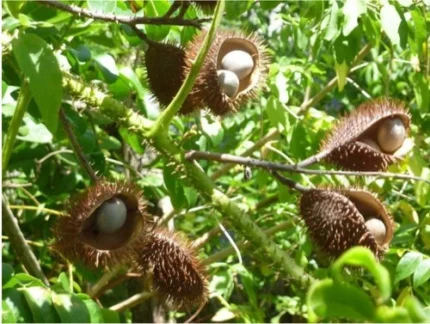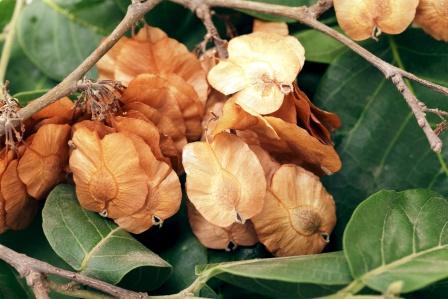Brhat trayi have quoted cirabilva which is botanically known as H. integrifolia. Cirabilva is otherwise called as putika or putikaranja. Caraka mentioned cirabilva among lekhaniya and bhedaniya groups. However Cakrapani considered it as karanja. In C.S.Ci. 13/166 there is a suggested change in the version where in cirabilva has been replaced by putika. It may also be noted that its young leaves have been often used as vegetable. Dalhana considered Putika or Putikaranja as Ciribilva. Owing to its smell H. integrifolia can be considered as Putika. Thakurji concluded that ciribilva (H. integrifolia) may be accepted under the name putika / putikaranja while considering karanja (P. pinnata) and latakaranja (C. bonduc) as “karanja dvaya”.
The whole controversy about Karanja is basically due to two names Puti karnja and Ciribilva. According to the author both the names are the synonyms of Puitika or Ciribilva i.e; Holoptelea integrifolia Planch. Therefore, the name Kantaki karanja is more suited for Caesalpinia crista Linn. While Karanja is P. Pinnata (Linn.) Merr. It is important to note that Karanja is mentioned in the Katu skandha and Naktamala in the Tikta skandha. On review several drugs are found described in two groups in Caraka Samhita. Therefore no significance shall be attributed to the synonyms used in I groups in the above context.
Bhavamishra quoted Ciribilva as the synonym of Karanja but he did not use the same synonym for Karanji. Similarly Ghrita Karanja is described with the synonym Pµutika but not with Kantaka Karanja.
We come across the reference about two varieties of Karanja (Karanja Dvaya) in Caraka Samhita (C.S.Ci.15/179) viz., Karanja and Puti Karanja. Bhavamishra quoted three varieties of Karanja viz.,
(1) Kantaka Karanja (C. bonduc) – Karanja, Naktamala, Karaja, Ciribilvaka
(2) Ghrita Karanja (P. pinnata) – Prakirya, Putika, Putikaranja, Somavalka
(3) Karanji (H. integrifolia) – Udakirya, Sadgrandha, Hastivaruni, Markati, Vayasi, Karabhnjika
In Dhanvantari nighantu, Karanja, Udakirya (Karanja visesha) and Angaravallika are described. In Sodhala Nighantu Karanja, Cirabilva and Valli Karanja are mentioned as three varities. In Raja nighantu– Karanja; Ghrita Karanja, Udakirya, Angaravallika, Guccha Karanja and Ritha karanja are described as six types.
Botanical Description – It is a tree which grows to a height of 20 m bearing light yellow flowers. It is found in many parts of the country including Himalayan ranges.
Major Chemical Constituents– Leaves- hexacosanol, -amyrin etc. Bark- friedelin, -sitosterol, 2-Aminonaphthaquinone etc.
Part Used– Bark, leaf, seeds, leaf-buds.
Dosage– Paste of leaf buds 10-20 g; fresh leaf juice 10-20 ml; decoction of bark 50-100 ml.





Reviews
There are no reviews yet.